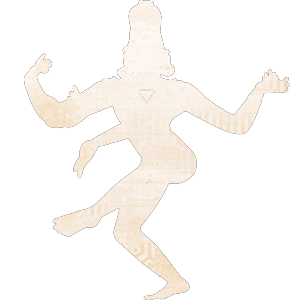Vedic Lifestyle Balance
Live a Balanced Life
We all seek balance. Some parts of our lives feel undernourished, and others feel overwhelming and all consuming. We’d love to get our act together, have all of the parts of our lives be in their perfect place, humming brightly and flowing smoothly. While this is a brilliant idea, the nuts and bolts of how to make it happen eludes us. It’s abstract. What does balance mean, how does one find it? How would one even classify the areas of their life to be balanced in a coherent manner?
This Vedic Lifestyle Balance Practice answers these questions. It offers concrete exercises designed to identify what a balanced life means to you, take steps to get there, and stay there.
While our lives are complex, the practice is not. It’s a set of simple tools that guides us to look at four universal aims of life, how we relate to them, and how they relate to each other. It assists us in seeing where we are, where we would like to be, and how to get there.
The Vedic Lifestyle Balance Practice emerged spontaneously out of my coaching work. As I worked with people the same issues would come up, day after day. One area of their life seems like it needs attention, and other areas are overwhelming or all consuming. And these spheres of concern don’t vary much from person to person, they are amazingly consistent. People want to be happy and healthy, they want to manage their responsibilities well, they want to feel like they are living their purpose, and they want to feel spiritually connected. For the most part, these goals pretty much cover it. Details like money,relationships, or the like can find their homes in any or all of these four compartments.
At some point in the coaching calls, I realized that what we were talking about were the Four Aims of Life, or Puruṣārthas, described in Vedic Literature. I was gladdened to see that what naturally arose in the coaching work was consistent with the teachings I held so dear. I began to dig deeper into creating a pragmatic set of tools that would leverage these insights into actionable and integrative tools for balance and development.
I offer this with great appreciation and reverence for the ancient sages who revealed these teachings. I’d also like to note that Doug Silsbee’s nine pane coaching model featured in Presence Based Leadership, Barry Johnson’s Polarity Management and Ginny Whitelaw’s The Zen Leader were also great inspirations for the practices that follow.
The Four Aims of Life
Dharma
Your life’s purpose, your higher calling, your personal truth
Artha
Kama
Moksha
Spiritual practices, sense of peace, universal contribution
Our lives are all different and unique. But we all know the difference between a life in balance and a life out of it. These simple practices can make a world of difference when it comes to creating happiness and fulfillment.
- Exercising executive control of your moods and attention, to create not only productivity, but also internal satisfaction, and balance
- Cultivating empathy, compassion, and appropriate vulnerability in a manner that increases team cohesion, rapport, and psychological safety
- Cultivating, managing, and repairing trust with coworkers and family.
- Effective and efficient coordination and communication with your team.
- Motivating and mobilizing yourself and others.
- Creating resilience, coming back to center quickly, and staying emotionally balanced in times of stress, adversity, and change.
- Listening deeply and skillfully supporting your team.
2. Tell me a little bit about yourself, what your goals are, what you hope to gain from this, and something kinda fun about you
3. Include all relevant contact information, phone, email, website
Shoot me an email at yin @ sitaramdas . com

